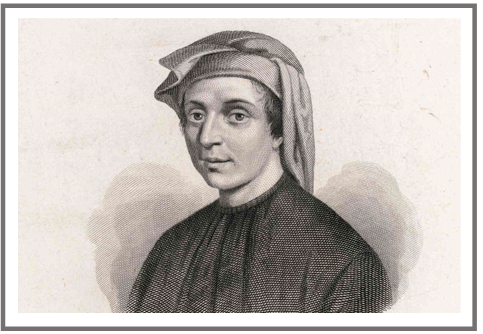What is Mathematics?
- It is the study of how numbers, quantities, and shapes are related to one another.
- It includes arithmetic, algebra, trigonometry, geometry, statistics, and calculus.
- It cultivates capacities for creativity, reasoning, critical thinking, spatial thinking, and etcetera.
- It gives you the chance to use a variety of methods to solve both simple and complex problems in many real-world situations.
- It is a universal way to make sense of the world and to communicate understanding of concepts and rules using the mathematical symbols, signs, proofs, language and conventions.
What is the purpose of Mathematics?
- It helps organize patterns and regularities in the world.
- The geometry of most patterns in nature can be associated either directly or indirectly to mathematical numbers.
- Understanding the content of other school subjects, such as science, social studies, and even music and art, requires a solid foundation in mathematics.
- It helps predict the behavior of nature and phenomena in the world.
- It helps control nature and occurrences in the world for the good of mankind.
- It has become indispensable because of its numerous applications.
Patterns and Numbers in Nature and the world
- Patterns in nature are visible regularities found in natural world.
- These patterns persist in different contexts and can be modelled mathematically.
- Natural patterns may consist of spirals, symmetries, mosaics, stripes, spots, etcetera.
- A closer and more in-depth study reveals that these patterns share numerous similarities and resemblances and appear to evolve through a variety of complex steps.
- The early Greek philosophers Plato, Pythagoras, and Empedocles studied patterns to explain nature's order, which led to our current understanding of visible patterns.
- In the 19th century, Belgian physicist Joseph Plateau examined soap films which led him to develop the idea of a minimal surface.
- Ernst Haeckel, a German artist and biologist, painted hundreds of marine creatures to emphasize their symmetry.
- D'Arcy Thompson, a Scottish biologist, was the first to investigate growth patterns in both animals and plants, demonstrating that simple equations could explain spiral growth.
- British mathematician Alan Turing predicted in the 20th century the mechanisms of morphogenesis that led to rise of patterns of stripes and spots.
- According to Patterns of Nature (2017), Hungarian biologist Aristid Lindenmayer and French-American mathematician Benoit Mandelbrot demonstrated how the mathematics of fractals could be used to create patterns in plant growth.
- In his landscapes, W. Gary Smith employs eight patterns: dendritic, scattered, fractured, mosaic, naturalistic drift, serpentine, spiral, and radial. These patterns can be found in animals, rocks, rivers, stars, or human creations(Goral, 2017).
- Numbers are everywhere in Nature.
- Mathematicians discovered that numbers appear in numerous natural patterns: Two wings on a bird, three leaflets on a clover, four hooves on a deer, five petals on a buttercup, six legs on an insect, eight arms on an octopus, seven colors on a rainbow, and many more.
The Fibonacci Sequence
- Leonardo Pisano Bogollo lived in Italy from 1170 to 1250. (Fibonacci Sequence, 2016) His nickname, Fibonacci, roughly translates to "Son of Bonacci."
- He helped spread Hindu Arabic numerals (0,1,2,3,4,5,6,7,8, and 9) throughout Europe in place of Roman numerals (I, II, III, IV, V, etc.) in addition to being famous for the Fibonacci Sequence.
- Fibonacci Day is November 23, as it has the digits “ 1, 1, 2, 3” which is part of the sequence which he developed.
For centuries, mathematicians, artists, designers, and scientists have been captivated by the renown Fibonacci sequence. The Fibonacci sequence, which is also known as the Golden Ratio, goes like this:
In geometry, a golden spiral is a logarithmic spiral whose growth factor is Φ, the Golden Ratio. That is, a golden spiral gets wider (or farther from its origin) by a factor of Φ for every quarter turn it makes (Golden Spiral, 2017).











0 comments:
Post a Comment